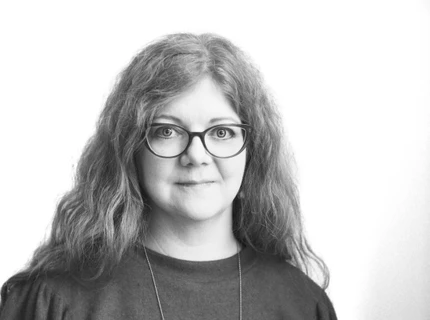Bachelor's degree programme
- Duration of studies
3 years / 6 semesters / 180 ECTS
- Application deadline
15th of March at 12 noon (quota 2)
5th of July at 12 noon (quota 1)
- Entrance examination
Yes - entrance examination
- Semesterstart
September
- Language of instruction
- Danish
Subject Areas
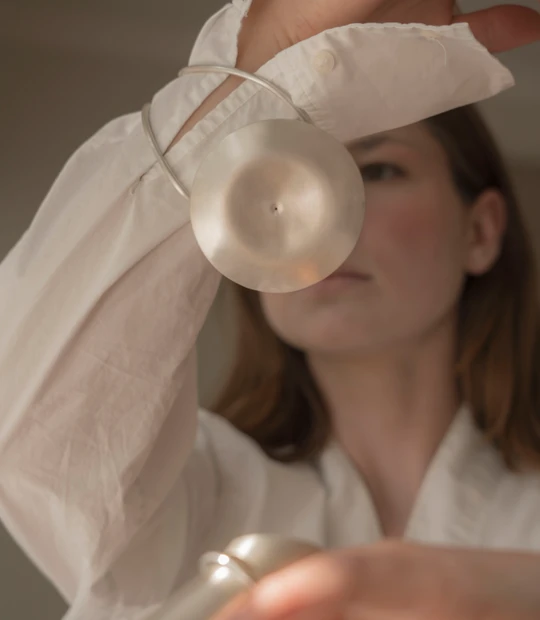
Amalie Grauengaard
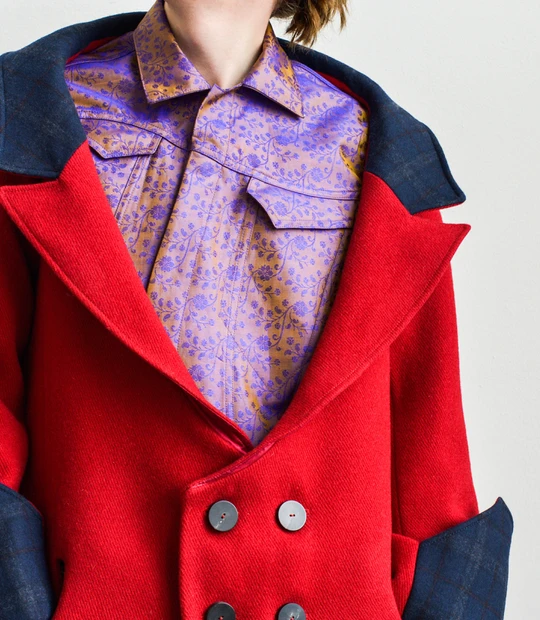
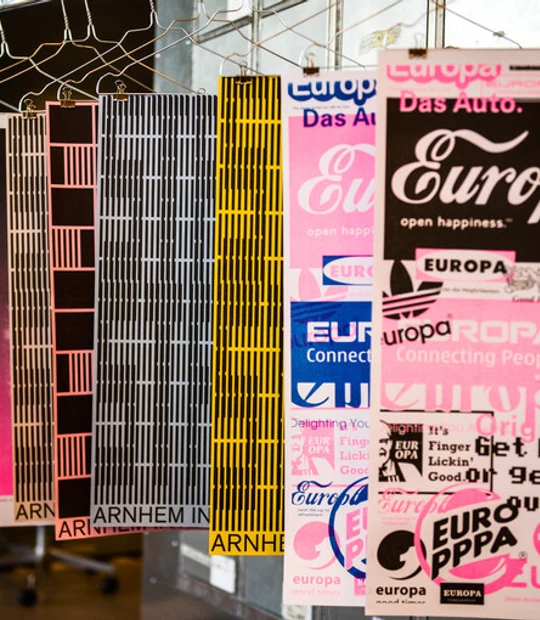
Mahmud Sahan
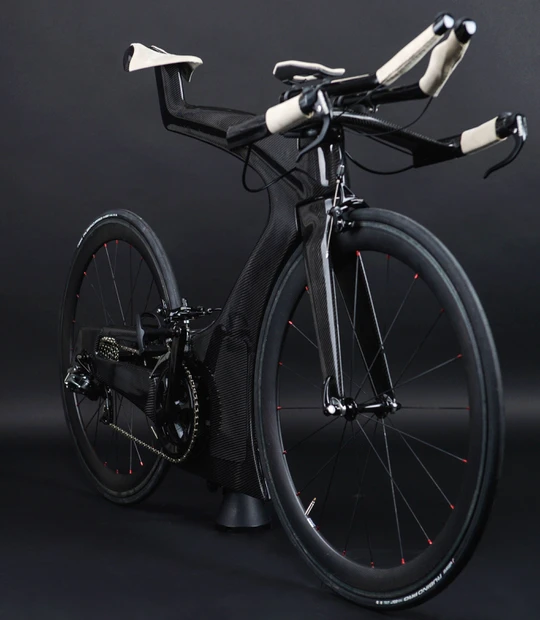

Everyday life at Design School Kolding
On the Bachelor’s programme, you’ll usually follow one course at a time, with a few exceptions for cross-disciplinary projects that may run alongside the semesters. The structure of each week varies from course to course – some modules include many smaller projects, while others allow you the time and space to immerse yourself in a larger one.
Workload
In your first year, you’ll have classes almost every day from Monday to Friday. Teaching typically takes place between 9:15 and 14:45, and your days will alternate between classes, feedback sessions with tutors and fellow students, as well as independent and group work. You’re also expected to continue developing your projects on your own outside of class hours.
Materials and workshops
As a student, you’ll pay a one-off fee of around DKK 3,000, which covers shared materials such as paints, paper, chemicals, nails, screws, 3D printing filament, photo paper, thread, and software. This fee is charged shortly after the start of your studies and covers all six semesters of the Bachelor’s programme.
In addition, you’ll need to buy materials for your own projects. The school has a shop called Papersign, which stocks almost everything a designer could wish for. Here, Nanna is ready to offer advice on everything from paper and paint to tools and equipment. The school also has a textile shop on the third floor, staffed by students, where you can find materials and get tips and advice from your peers

Work at the study space
Cross-disciplinarycourses in the bachelor programme
These courses give you insight into methods, tools, and ways of working that are valuable across all areas of design. You’ll learn to collaborate with other designers, share ideas, and develop creative solutions together – an essential part of becoming a designer.
Already in your first year, all students take part in the cross-disciplinary courses Form and Colour. Here, all Bachelor’s students are taught together, gaining fundamental skills in form, colour theory, and material understanding.
When the cross-disciplinary courses bring together students from all five design programmes, teaching takes place in the shared study spaces on the lower floor, where students work side by side.
You can read more about the individual courses and their content by downloading the course descriptions for each design programme.
See more on this page:

Final presentations in the Cross-disciplinarycourse Design Process and Method in the second year of the bachelor's programme

First-year student at her study workspace

Deep concentration in the workshop

Final presentations in the Cross-disciplinarycourse Design Process and Method in the second year of the bachelor's programme


The Cross-disciplinarycourse Form in the first year of the bachelor's programme

The Cross-disciplinarycourse Form in the first year of the bachelor's programme

Sketching

The Cross-disciplinarycourse Form in the first year of the bachelor's programme

Shaping in the workshop
Working methods in everyday life
Each course has a tutor responsible for its content and structure. We place great emphasis on presenting your work – both throughout the process and at the end of each project. You’ll share your results with tutors and fellow students, and many courses conclude with a presentation or exhibition.
Work at the school takes place both individually and in groups. You’ll have your own workspace, where you work on a daily basis and have the opportunity to develop your ideas, get feedback, and collaborate with your peers. Through your courses, you’ll also be introduced to the workshops relevant to your specialisation.
Explore the school’s study programmes on this page:

Explore the bachelor's degree program on Instagram


Students at Textile Design

Kontur Festival

Kontur Festival

Cabin trip for new students

Christmas Bazaar meeting


Third-year textile students' open workshop
See your opportunities for studing abroard at one of Kolding School of Design's many partner institutions

How to apply
When you apply to a creative university, the process differs from the one in the traditional universities.
Therefore we have gathered all the info you need on the 'Admission' page - from how to submit your application to the entrance exam along with answers to the most frequently asked questions.

